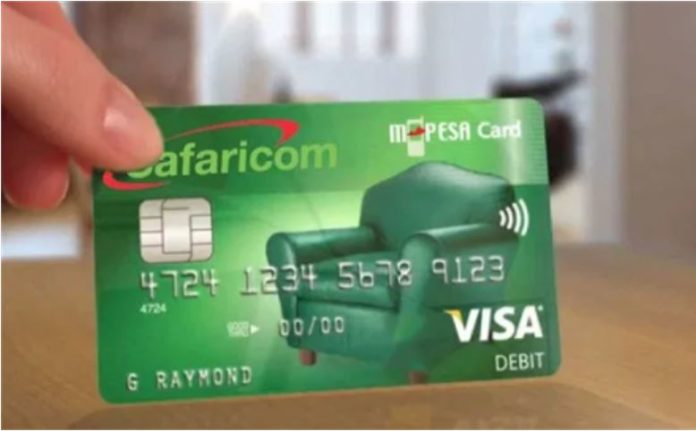
Visa has partnered with Kenya-based mobile money platform M-Pesa (owned by telecom giant Safaricom) to launch the M-Pesa GlobalPay virtual Visa card, to enable users make payments across Visa’s global network with the M-Pesa app or the traditional USSD mobile money method.
M-Pesa is a mobile money platform that offers digital payment services through a user’s SIM card. M-Pesa is similar to peer-to-peer payment platforms in that it also lets users send, receive, and hold money in their accounts. However, M-Pesa transactions are sent via SMS messages and no bank account is required to use the service.
The M-Pesa GlobalPay virtual Visa card will allow users to securely pay over 100 million foreign merchants including Amazon and Alibaba from their mobile phones, without the need for credit cards or accounts with processors such as PayPal.
The virtual card is also targeted at the fast-growing subscriptions markets in Africa for services like Netflix and Spotify, said M-Pesa Africa MD Sitoyo Lopokoiyit. Indeed, Visa is looking beyond M-Pesa to the rest of Africa, where mobile money payments accounts for some US$40 billion a year.
The virtual card is initially available to more than 30 million M-Pesa users in Kenya and will be rolled out to Tanzania, where testing is going on, Mozambique, Congo, Lesotho and Ghana by April 2023, Lopokoiyit said.
M-Pesa launched 15 years ago as a simple money transfer service and now accounts for roughly half of Safaricom’s revenue as consumers use it for purchases, savings, borrowing and insurance. Safaricom is partly owned by South Africa’s Vodacom Group.
“A lot of M-Pesa customers today don’t have bank accounts… [The virtual card] is a catalyst for e-commerce and digital payments,” said Visa official Alex McCrea.
Transactions will be subject to the M-Pesa platform’s limits of KSh150 000 (R20 000) for a single transaction and a daily limit double that. Users will be able to use the virtual card while travelling abroad.
Transactions on the virtual card will be secured with a unique security code sent to the user’s mobile phone and the user’s M-Pesa personal identification number.








